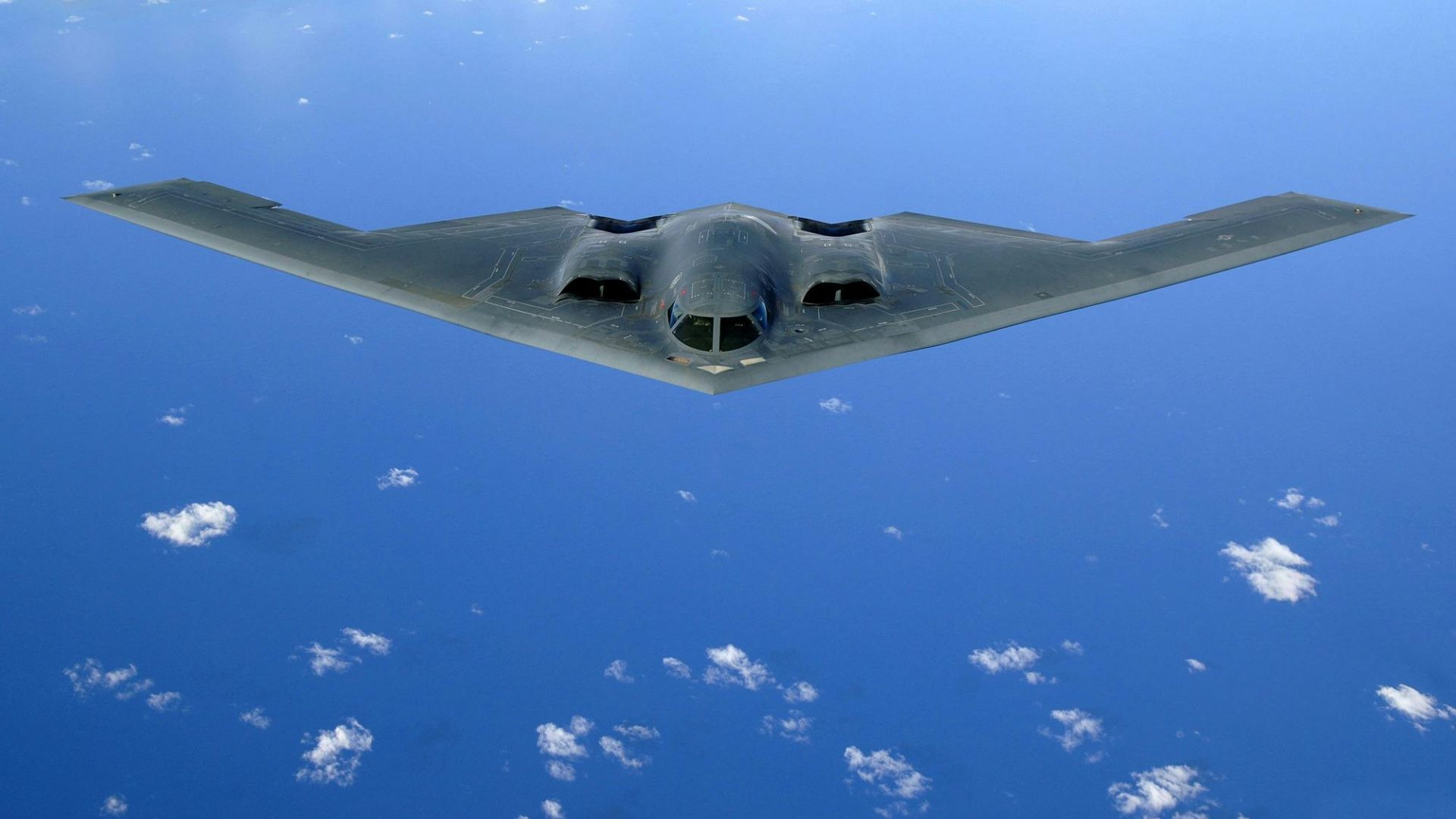Infrared/Thermal Analysis: B-2 Stealth vs. F-35
I’ve been researching the infrared and thermal imaging of both the B-2 and F-35, and I’ve come across some interesting findings. One of the most intriguing aspects relates to UFO/UAP sightings, particularly those reported as having “no visible propulsion” or lacking the typical fireball seen from conventional aircraft.
The B-2 has been operational for quite some time. When examining its infrared signatures, do you notice any discernible propulsion? Personally, I suspect that many of these sightings can be attributed to advanced military or private aircraft.

It’s an interesting topic to explore, especially considering the different design philosophies behind the B-2 and F-35. The B-2 Spirit, being a strategic bomber, was designed for low visibility and stealth primarily through shape and materials, which also affects its infrared signature. Its propulsion system, which includes four jet engines with exhausts that are designed to minimize heat signature, indeed produces less visible thermal output compared to a conventional jet engine. This could result in less obvious infrared signatures in certain conditions.
On the other hand, the F-35 Lightning II, designed for multirole capabilities, incorporates advanced cooling technologies for its engine and airframe, which could also reduce its infrared signature. However, its design and operational role could result in different thermal profiles, especially under varying flight conditions or when utilizing afterburners.
Regarding UFO/UAP sightings, the lack of apparent propulsion signatures does raise questions. While some of these could potentially be misidentified military or experimental aircraft, many would argue that the technology seen in these sightings is beyond current publicly known capabilities. Still, it’s essential to analyze the data critically and consider various possibilities, including environmental and atmospheric conditions affecting thermal readings.
In summary, while both aircraft prioritize stealth, the differences in design and purpose can significantly influence their thermal and infrared signatures. Exploring these curiosities could shed light not only on our aircraft technology but also on potential unidentified aerial phenomena.